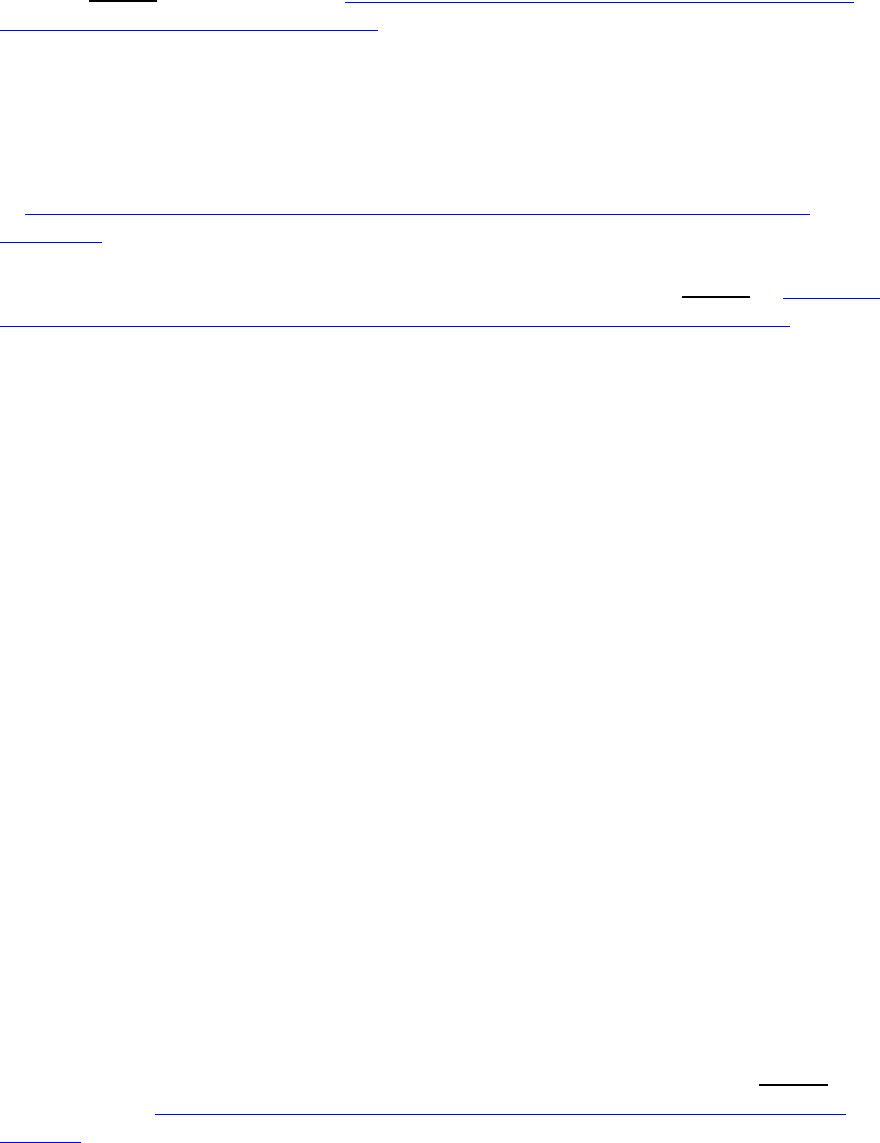RDF System Management Manual
Table Of Contents
- RDF System Management Manual
- What’s New in This Manual
- About This Manual
- 1 Introducing RDF
- RDF Subsystem Overview
- RDF Processes
- RDF Operations
- Reciprocal and Chain Replication
- Available Types of Replication to Multiple Backup Systems
- Triple Contingency
- Loopback Configuration (Single System)
- Online Product Initialization
- Online Database Synchronization
- Online Dumps
- Subvolume- and File-Level Replication
- Shared Access DDL Operations
- EMS Support
- SMF Support
- RTD Warning Thresholds
- Process-Lockstep Operation
- Support for Network Transactions
- RDF and NonStop SQL/MX
- Zero Lost Transactions (ZLT)
- Monitoring RDF Entities With ASAP
- 2 Preparing the RDF Environment
- 3 Installing and Configuring RDF
- 4 Operating and Monitoring RDF
- 5 Managing RDF
- Recovering From File System Errors
- Handling Disk Space Problems
- Responding to Operational Failures
- Stopping RDF
- Restarting RDF
- Carrying Out a Planned Switchover
- Takeover Operations
- Reading the Backup Database
- Access to Backup Databases in a Consistent State
- RDF and NonStop SQL/MP DDL Operations
- RDF and NonStop SQL/MX Operations
- Backing Up Image Trail Files
- Making Online Dumps With Updaters Running
- Doing FUP RELOAD Operations With Updaters Running
- Exception File Optimization
- Switching Disks on Updater UPDATEVOLUMES
- 6 Maintaining the Databases
- 7 Online Database Synchronization
- 8 Entering RDFCOM Commands
- 9 Entering RDFSCAN Commands
- 10 Triple Contingency
- 11 Subvolume- and File-Level Replication
- 12 Auxiliary Audit Trails
- 13 Network Transactions
- Configuration Changes
- RDF Network Control Files
- Normal RDF Processing Within a Network Environment
- RDF Takeovers Within a Network Environment
- Takeover Phase 1 – Local Undo
- Takeover Phase 2 – File Undo
- Takeover Phase 3 – Network Undo
- Takeover Phase 3 Performance
- Communication Failures During Phase 3 Takeover Processing
- Takeover Delays and Purger Restarts
- Takeover Restartability
- Takeover and File Recovery
- The Effects of Undoing Network Transactions
- Takeover and the RETAINCOUNT Value
- Network Configurations and Shared Access NonStop SQL/MP DDL Operations
- Network Validation and Considerations
- RDF Re-Initialization in a Network Environment
- RDF Networks and ABORT or STOP RDF Operations
- RDF Networks and Stop-Update-to-Time Operations
- Sample Configurations
- RDFCOM STATUS Display
- 14 Process-Lockstep Operation
- Starting a Lockstep Operation
- The DoLockstep Procedure
- The Lockstep Transaction
- RDF Lockstep File
- Multiple Concurrent Lockstep Operations
- The Lockstep Gateway Process
- Disabling Lockstep
- Reenabling Lockstep
- Lockstep Performance Ramifications
- Lockstep and Auxiliary Audit Trails
- Lockstep and Network Transactions
- Lockstep Operation Event Messages
- 15 NonStop SQL/MX and RDF
- Including and Excluding SQL/MX Objects
- Obtaining ANSI Object Names From Updater Event Messages
- Creating NonStop SQL/MX Primary and Backup Databases from Scratch
- Creating a NonStop SQL/MX Backup Database From an Existing Primary Database
- Online Database Synchronization With NonStop SQL/MX Objects
- Offline Synchronization for a Single Partition
- Online Synchronization for a Single Partition
- Correcting Incorrect NonStop SQL/MX Name Mapping
- Consideration for Creating Backup Tables
- Restoring to a Specific Location
- Comparing NonStop SQL/MX Tables
- 16 Zero Lost Transactions (ZLT)
- A RDF Command Summary
- B Additional Reference Information
- C Messages
- D Operational Limits
- E Using ASAP
- Index

NonStop SQL/MX and RDF
HP NonStop RDF System Management Manual—524388-003
15-9
Creating the Fuzzy Copy on the Primary System
2. Create a temporary schema for your temporary catalog. Follow the instructions
given in Step 2 of the procedure Creating a NonStop SQL/MX Backup Database
From an Existing Primary Database, above (but follow those instructions on your
primary system instead of on the backup system). Note, the name of the
temporary schema must be identical to the name of the schema whose objects you
want replicated. You must also ensure that the subvolume name for the temporary
schema is identical to that of the schema whose objects you want replicated.
3. Create temporary objects in your temporary schema. Follow the guidelines outlined
in Creating a NonStop SQL/MX Backup Database From an Existing Primary
Database above, except that you must create these temporary objects on the
primary system and on different volumes from those used for your primary objects.
You can use the use the MXGNAMES utility as described under Step 4 of Creating
a NonStop SQL/MX Backup Database From an Existing Primary Database, above,
to generate the LOCATION clauses for the temporary objects, modifying the
volume names as necessary and using the primary node name for the -node
option. Alternatively, you can use the SHOWDDL command to obtain the fully
qualified filenames of the objects you want replicated and specify the same
Guardian subvol.filenames in the corresponding LOCATION clauses when creating
the temporary objects.
For example, suppose you have a primary table that has two partitions, for which
you want make a fuzzy copy, and the fully qualified Guardian names are:
$DATA01.ZSDABCDE.HWEFGH00
$DATA02.ZSDABCDE.HWEFHJ00
When you create the temporary table, you might list the following Guardian names
in the LOCATION clause:
$DATAXX.ZSDABCDE.HWEFGH00
$DATAYY.ZSDABCDE.HWEFHJ00
4. Populate the temporary tables.
INSERT INTO <temporary table> SELECT * FROM <primary table>;
5. Use BACKUP to put the temporary objects onto tape.
6. Create a catalog on your backup system to correspond to your primary catalog on
your primary system whose objects you want RDF to replicate.
7. Create the schema on the backup node using the same schema name and the
same subvolume name as the schema for your primary database. See Step 4 of
the procedure Creating NonStop SQL/MX Primary and Backup Databases from
Scratch, above, for details and an example.










